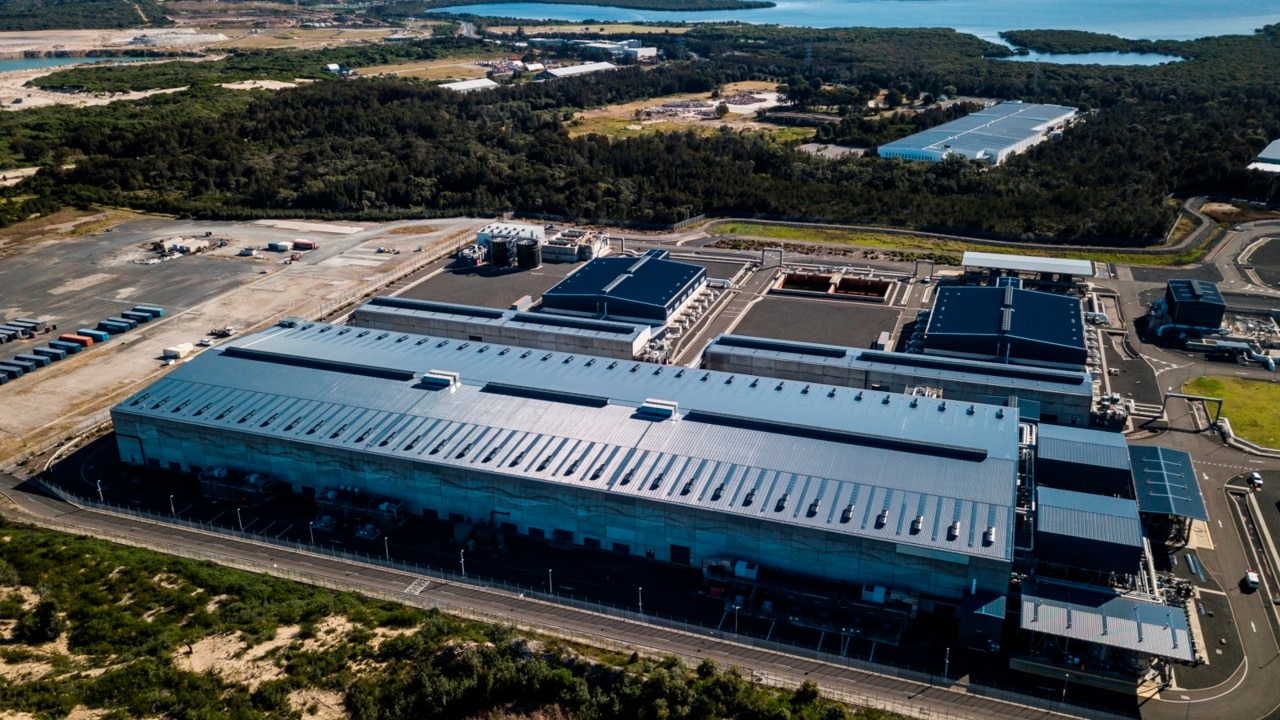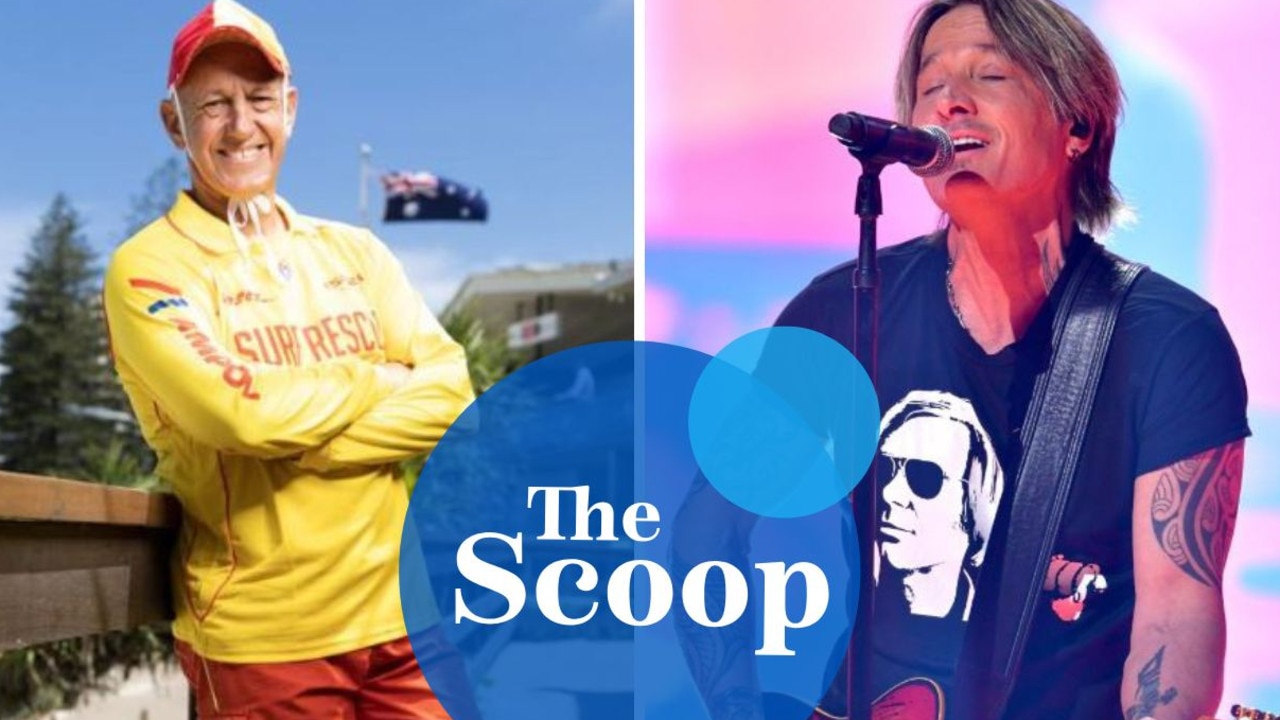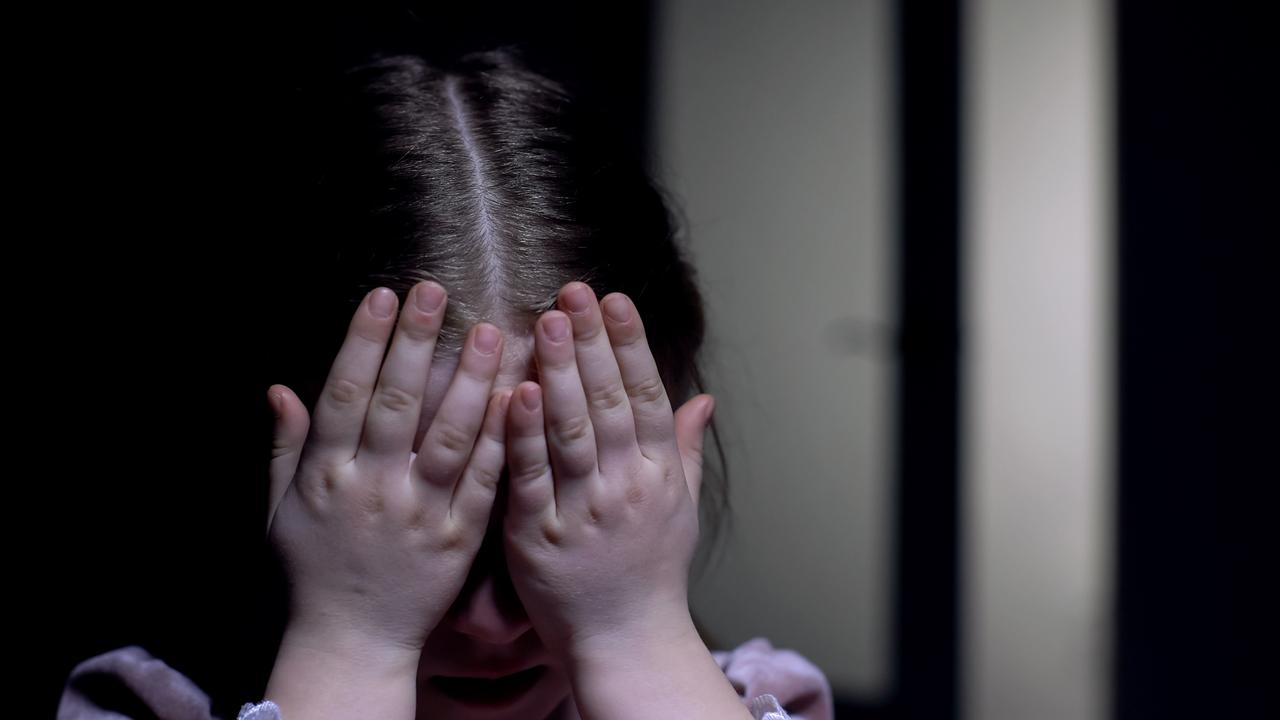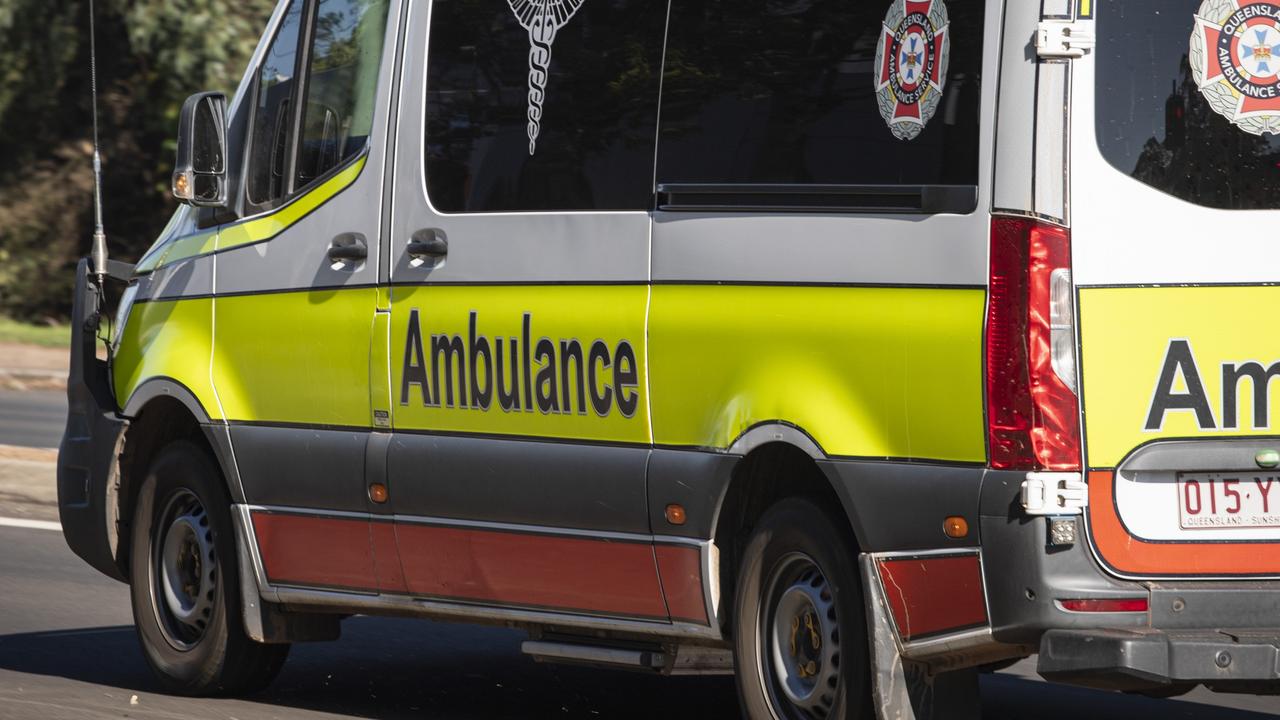Explained: Is recycled water really safe to drink?
The state government has approved a new multibillion-dollar desalination plant. But where will the water come from and will Queenslanders taste the difference?

QLD News
Don't miss out on the headlines from QLD News. Followed categories will be added to My News.
The state government has refused to add recycled water to South East Queensland’s drinking supply and instead approved a new multibillion-dollar desalination plant.
Where will the water come from and will Queenslanders taste the difference?
Here’s all you need to know.
Here is everything you need to know about recycled water and desalination.
HOW DOES RECYCLED WATER WORK?
Recycled water is already used extensively in the United States, Singapore, South Africa, Kuwait, Belgium and the United Kingdom.
Projects are also under consideration in Brazil and India.
Wastewater flowing down the drain, including from toilet flushes, showers and washing machines, is filtered and treated to remove impurities.
Recycled water is already produced and supplied for industrial use in Queensland.
Water recycling is when wastewater is treated until it becomes safe to use again
Businesses, such as car washes, use recycled water daily.

Recycled water is made safe through filtration, reverse osmosis, oxidation and disinfection.
In simple terms, the process begins by filtering out anything larger than a water molecule, such as oil, bacteria and viruses.
Then, the water is exposed to a strong UV light and hydrogen peroxide to destroy any traces of impurities.
The water is then deemed ‘safe’ if it complies with the Water Recycling and the Australian Drinking Water Guidelines.
Under severe drought treated recycled water would then be used to replenish Lake Wivenhoe, blending it with captured rainwater already in the lake, before it is treated once again at our Mount Crosby Water Treatment Plants.
Internal polling by Seqwater revealed almost 70 per cent of Queenslanders were “comfortable” drinking recycled water.
However the figures have been questioned by readers, with some saying they would not drink it while others say they have no problem with the plan.

HOW DOES DESALINATION WORK?
Desalination is an endless water source and with declining rainfall and a growing population, the government says it’s critical water is sourced another way.
Cabinet on Monday approved plans to build a new desalination plant, costing up to $8bn, to boost the region’s drinking supply amid rapid population growth and forecast shortages.
The process involves removing salt and other impurities from seawater to produce drinking water.
The new plant, the Premier says, will pump water directly into the water grid instead of dams, where thousands of megalitres is lost annually to evaporation.
Seawater is pumped into the desalination plant and is filtered to remove most particles.
The filtered seawater is then forced under pressure through special membranes, where salt, bacteria and viruses separate from the seawater.

About half of the water that enters the plant from the sea becomes fresh drinking water.
The salt and waste removed is then returned to the ocean.
The process uses an enormous amount of energy to work.
It is four times more energy intensive than groundwater collection and more than 40 times more energy intensive than water sourced from dams.
On Tuesday, Premier Annastacia Palaszczuk confirmed the plant would likely be built in the Moreton or southern Sunshine Coast council areas.
The desalination plant will be built by 2035 – three years after the region’s Olympic Games.
Other countries that use desalination include Saudi Arabia, the United States, Spain, Germany, China, India, Sweden, Israel and Iran.
WILL WE RUN OUT OF WATER?
The updated SEQ Water plan comes as the state prepares for a trifecta of weather patterns caused by El Nino, which will bring dry conditions that can lead to droughts, bushfires and heatwaves.
The likelihood of a drier than usual summer could have serious impacts on the state’s dam levels, which have been declining this year.

Originally published as Explained: Is recycled water really safe to drink?







